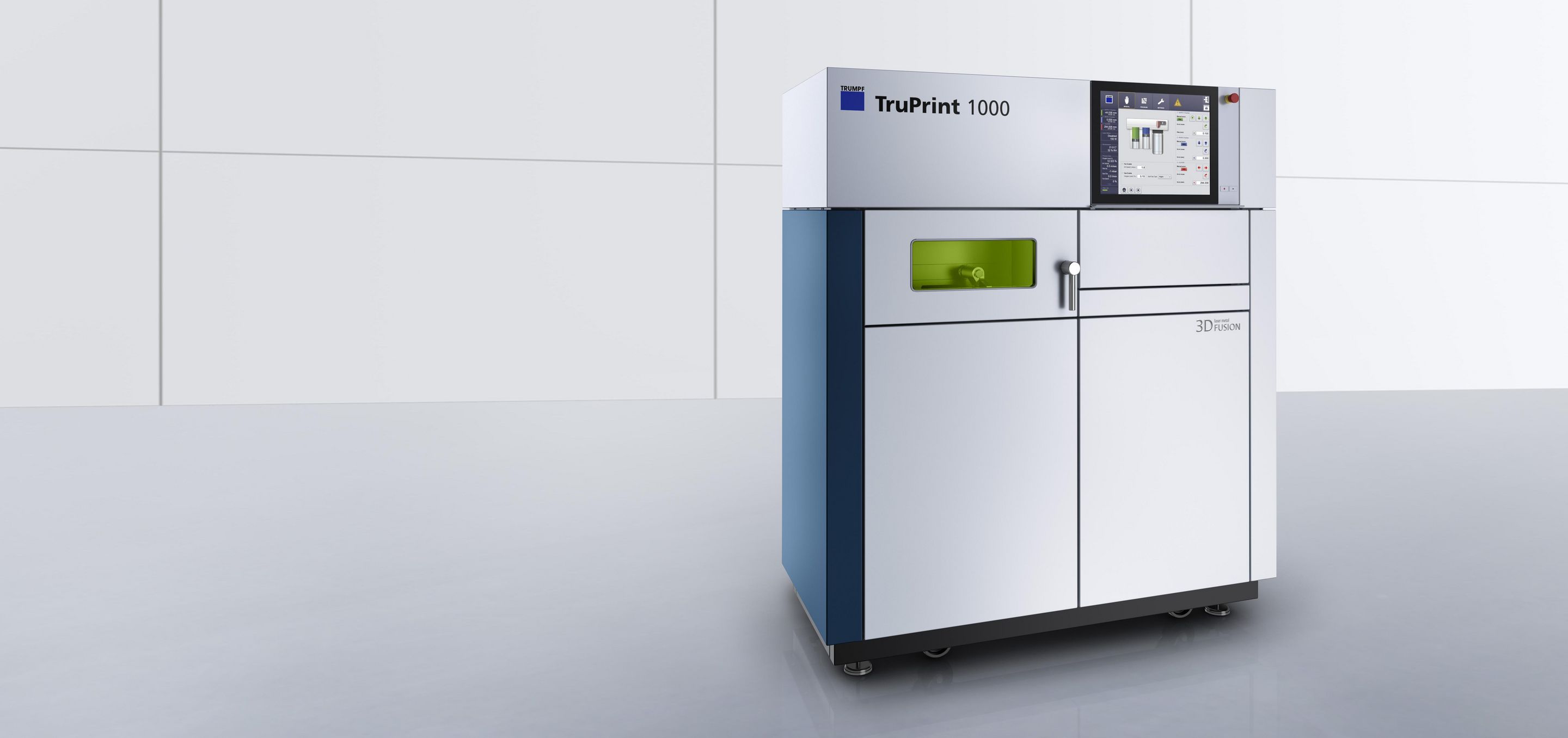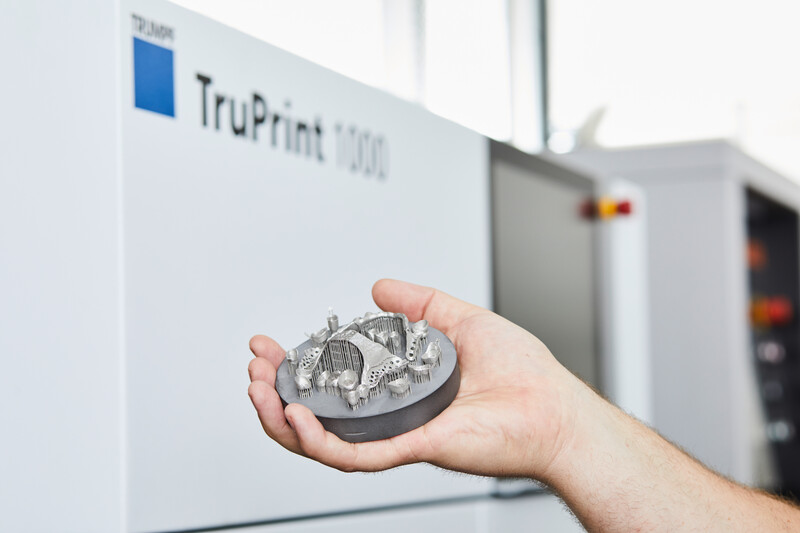German machine tool manufacturer TRUMPF is highlighting the TruPrint 1000 laser metal fusion 3D printer as the ideal entry-level machine for mold making.
Christoph Dörr, innovation and distribution partner at TRUMPF, said, “We’re hoping to inspire toolmakers to exploit the huge potential of 3D printing. That’s why we also offer them training in 3D design.”

3D printing molds
Molding methods are mostly used for making a large number of parts, as the cost of mold making via traditional methods can be significant.
Incorporating 3D printing into mold making processes have shown benefits such as faster lead times and design freedom. Companies such as 3D Systems, voxeljet, and Soliscape have released 3D printers especially for casting and molding applications.
But Dörr believes that in Germany manufacturers have been reluctant to adopt 3D printing for casting and tooling. “Many companies lack the necessary expertise and are unwilling to make the investment,” commented Dörr.

Conformal cooling molds
Injection molding of plastics is by far the most common method for manufacturing consumer products. An injection molding machine typically consists of a feeder, heaters and a nozzle. The raw material is fed into the machine which is then melted and pushed at high pressure into a mold.
For precise results, it is necessary to keep the mold cool at a controlled temperature. This is done by a cooling system consisting of passageways made into the mold through which water is circulated. Furthermore, small coolant channels (air vents), about 12-25mm wide and 0.0.3mm deep, are also drilled into the mold.
The cooling part of the process is the most time-consuming. Moreover, making the air vents with a drilling machine has its limits. As Marc Dimter, an AM expert at TRUMPF, explained, “The difficulties are particularly evident with more complex shapes: we can’t get the drill into all the right places because we can’t drill around corners!”
In contrast to this, a 3D printer, like TruPrint 1000, can make near-net-shape molds with a conformal cooling system built into the mold.
To demonstrate the capabilities of its 3D printer, TRUMPF will be present at the 2019 Moulding Expo in Stuttgart from 21 – 24 May.

2019 3D Printing Awards are near. Vote now for the best industrial 3D printer.
For more information on the manufacturing industry subscribe to our 3D printing newsletter and join us on Facebook and Twitter.
We also have jobs in the industry, visit our 3D Printing Jobs board to receive the latest updates.
Featured image shows a mold made by TRUMPF with a conformal cooling system. Image via TRUMPF.


